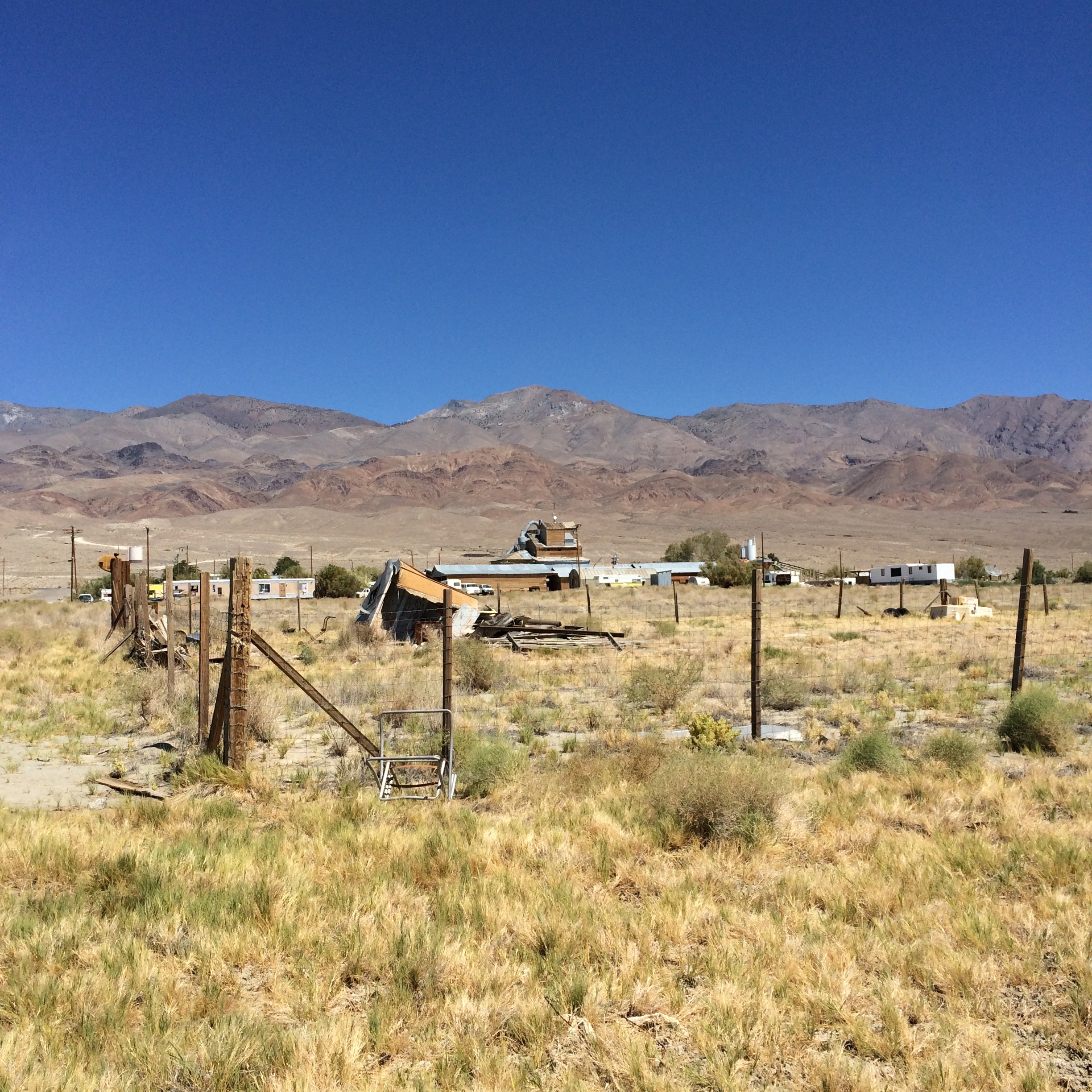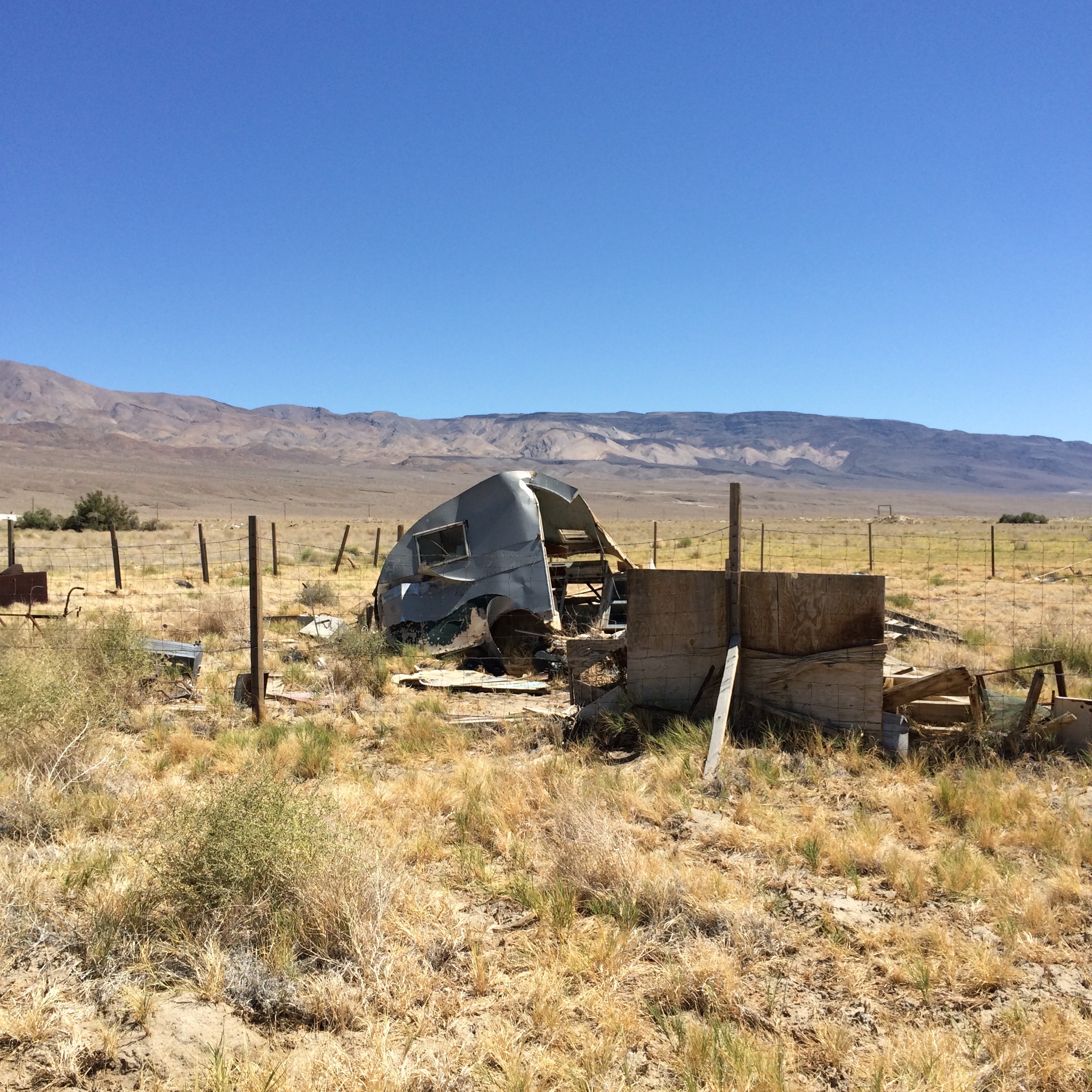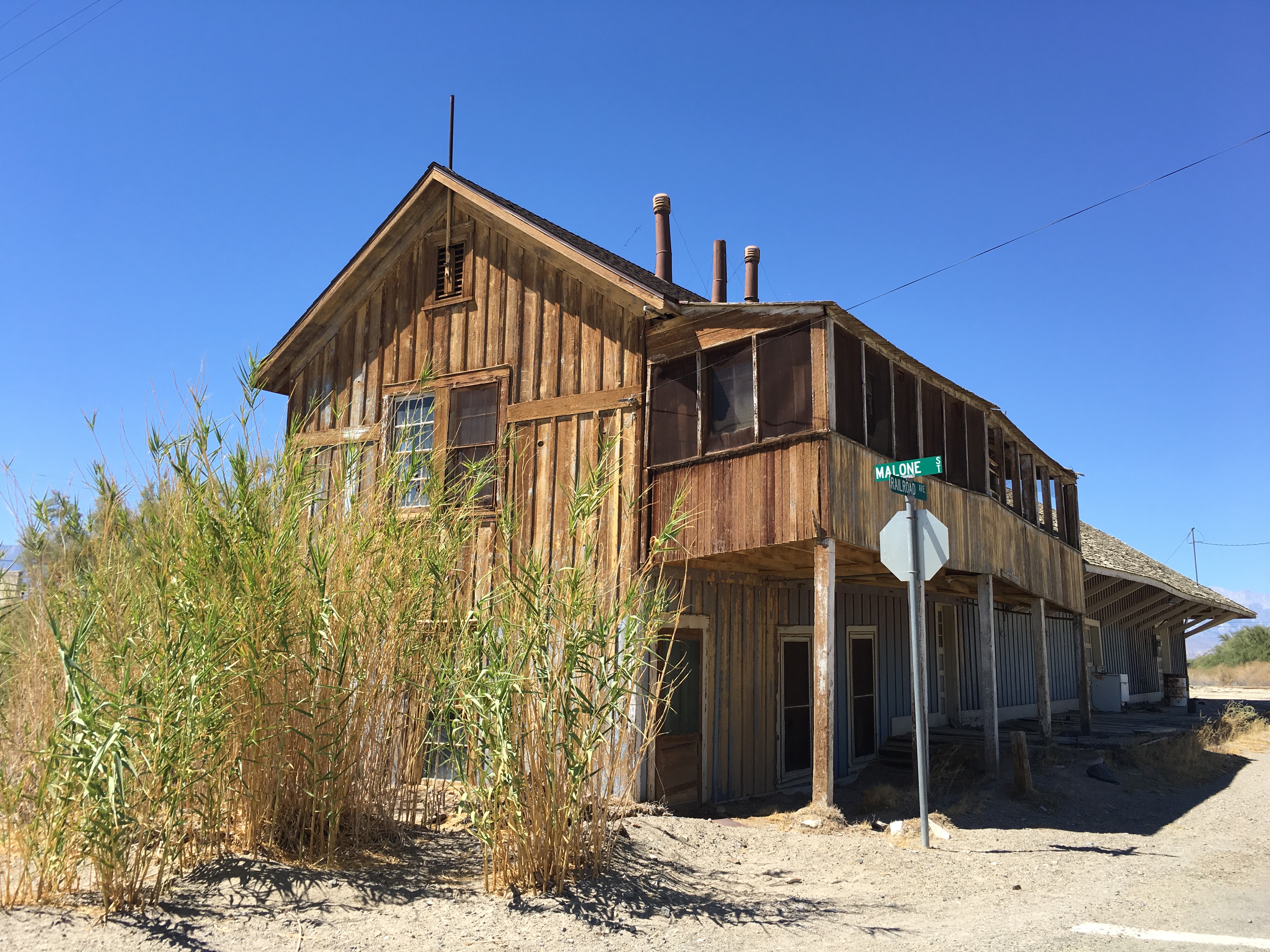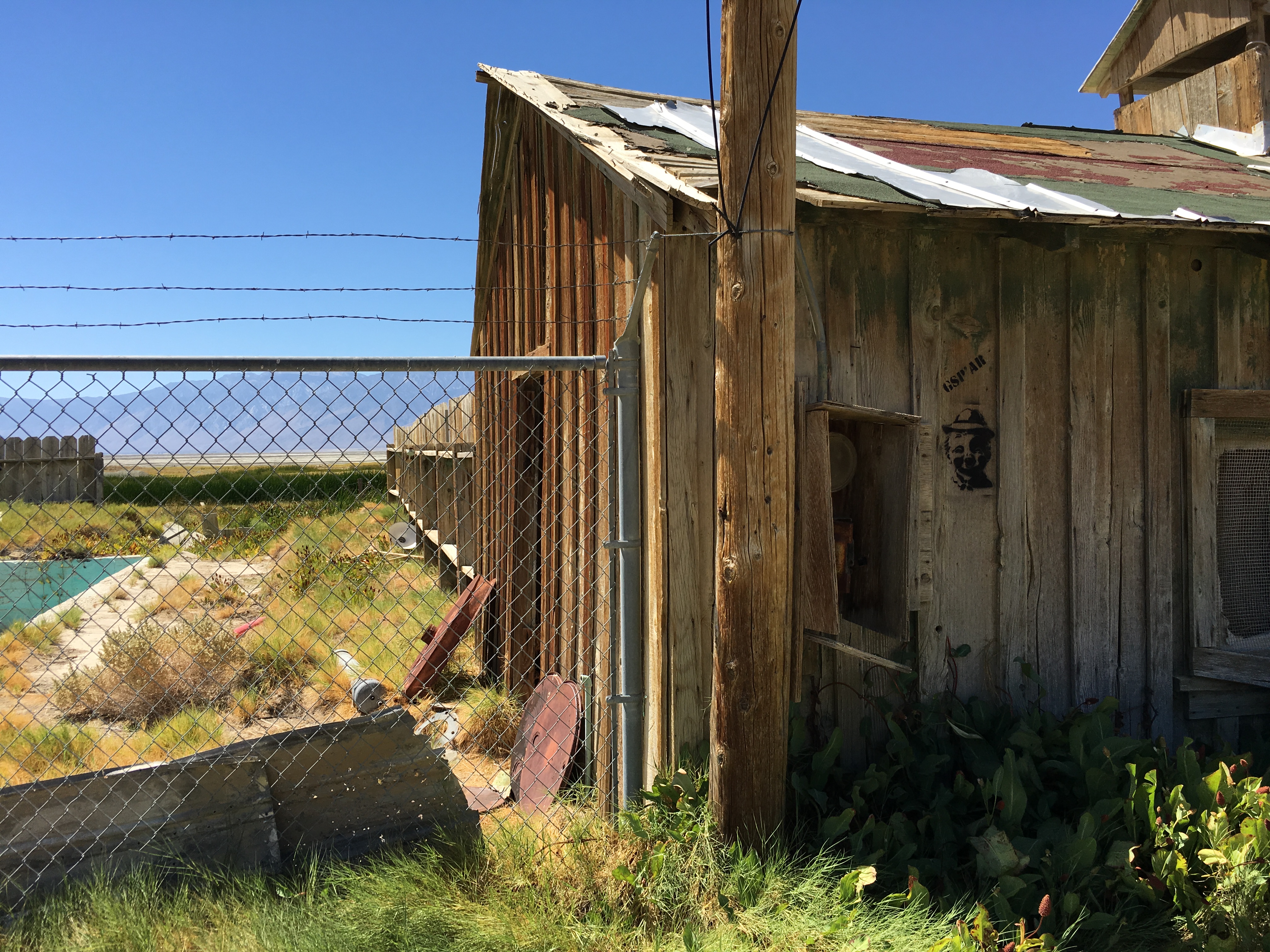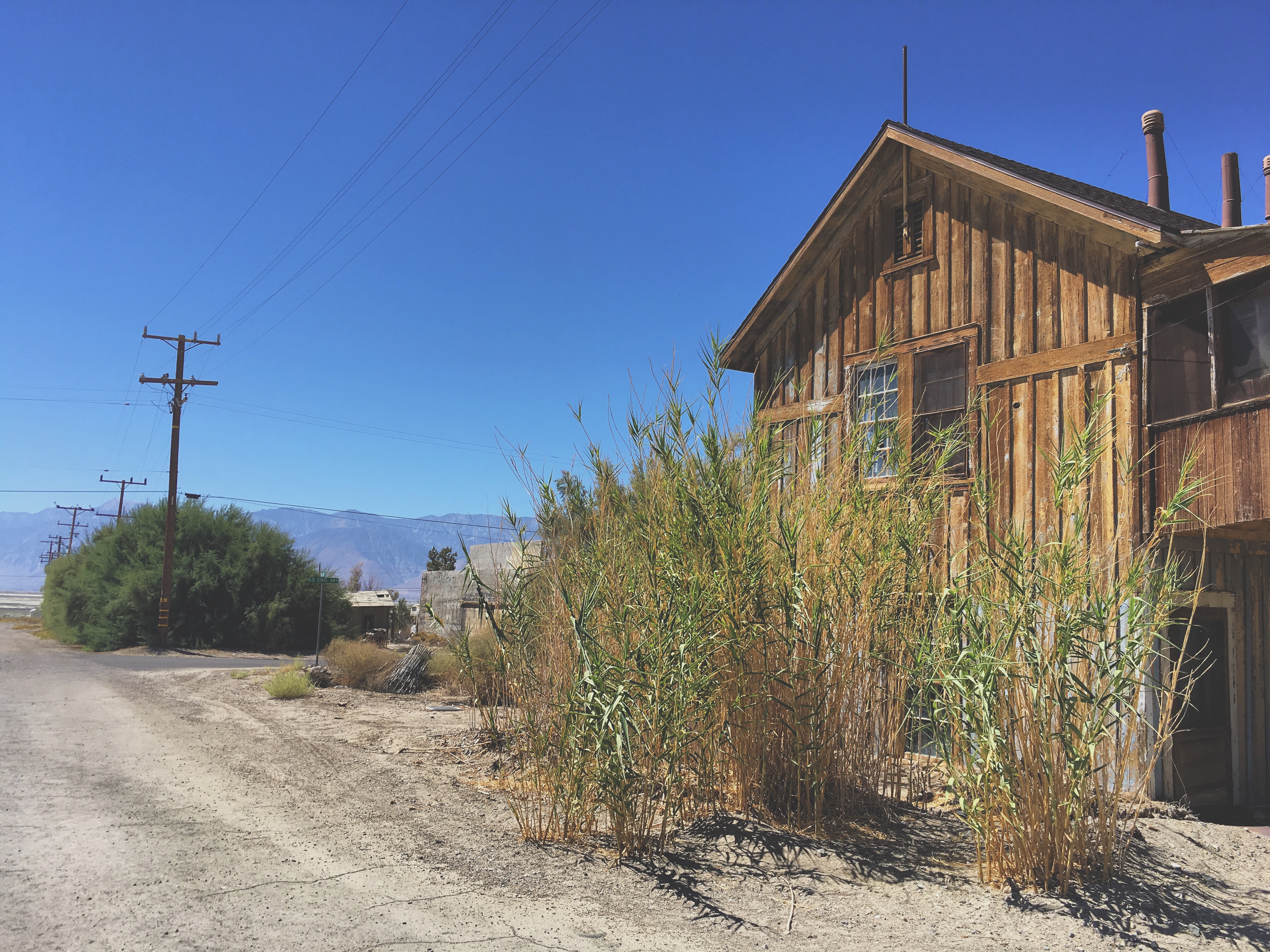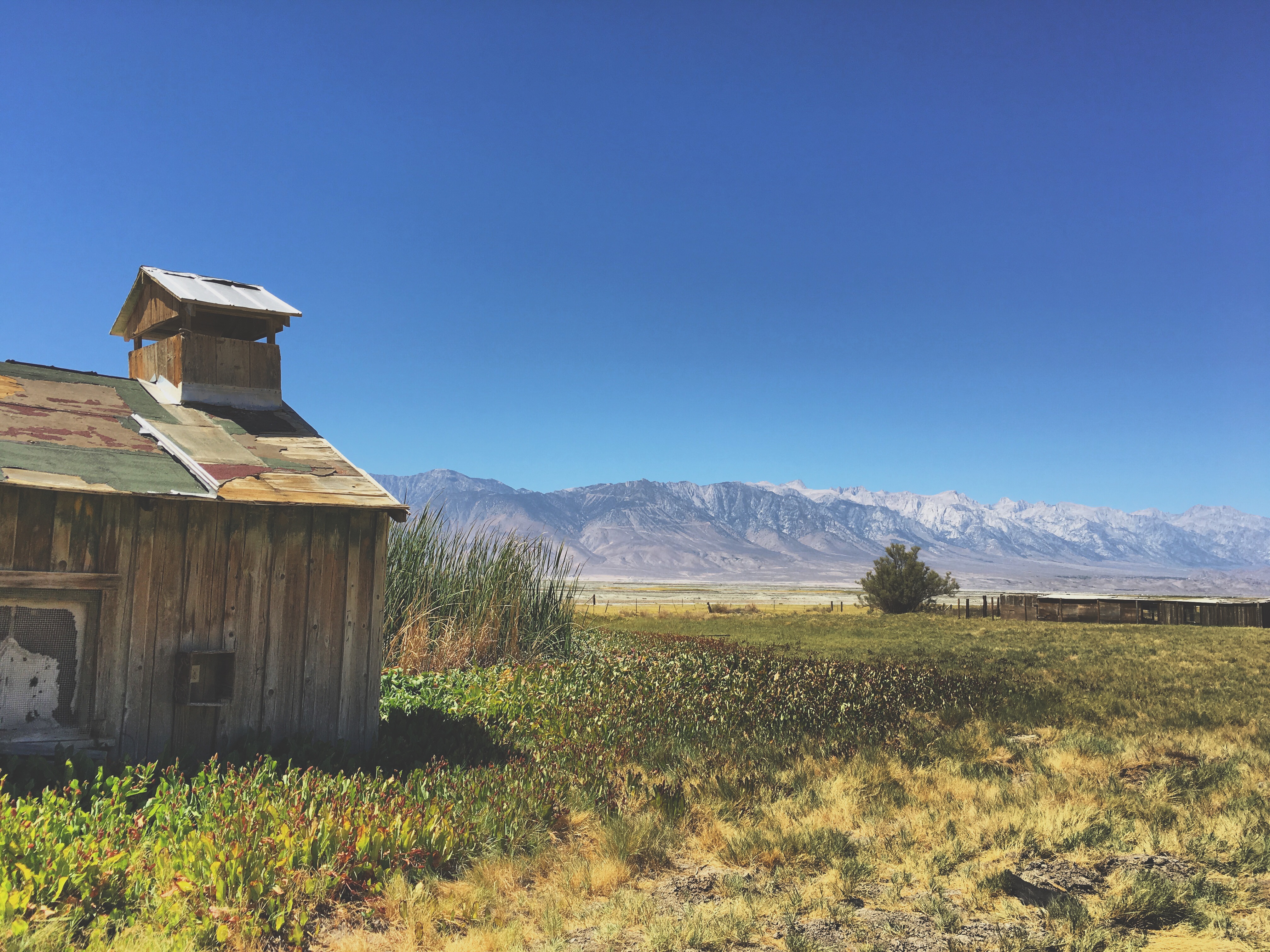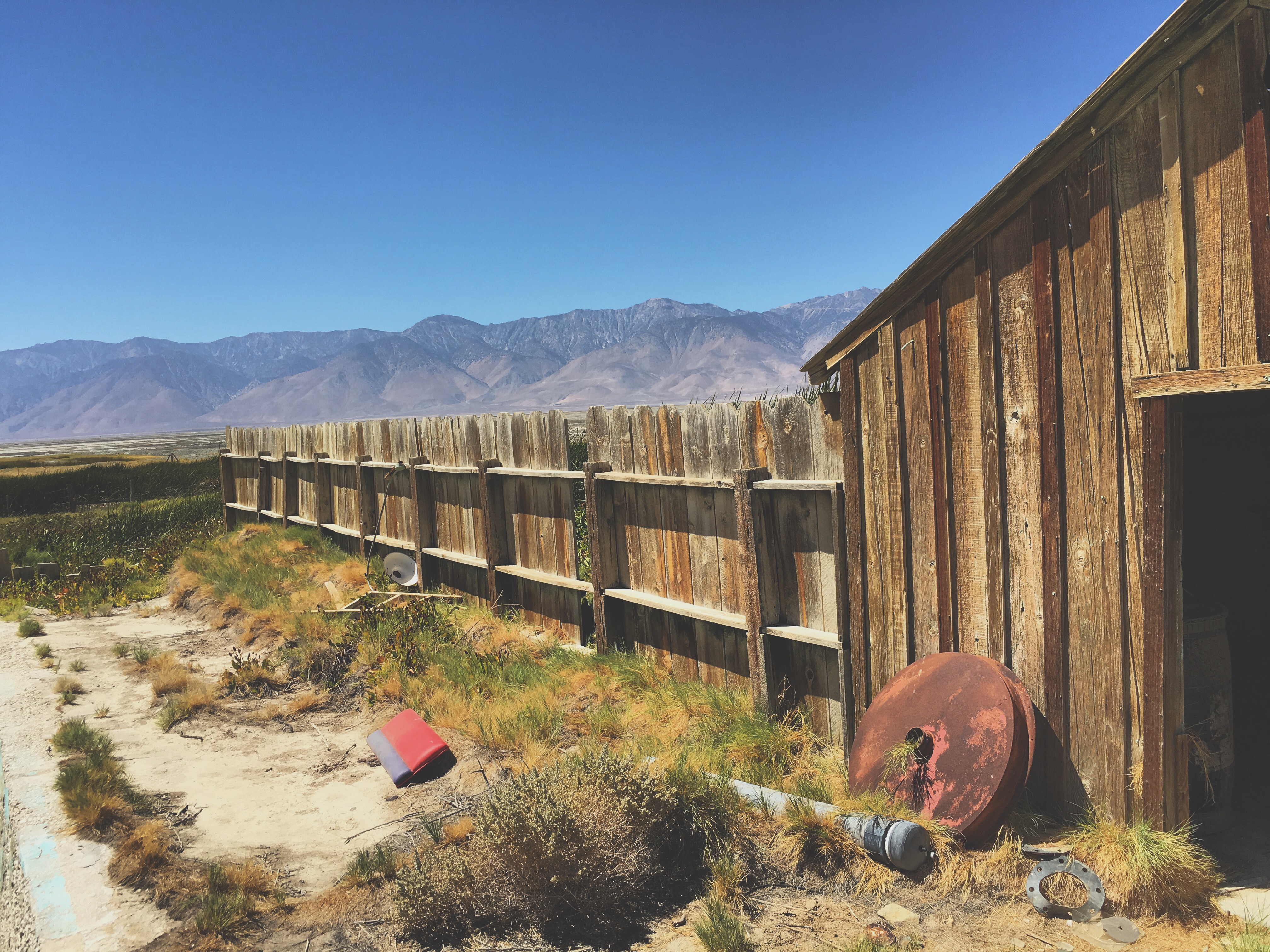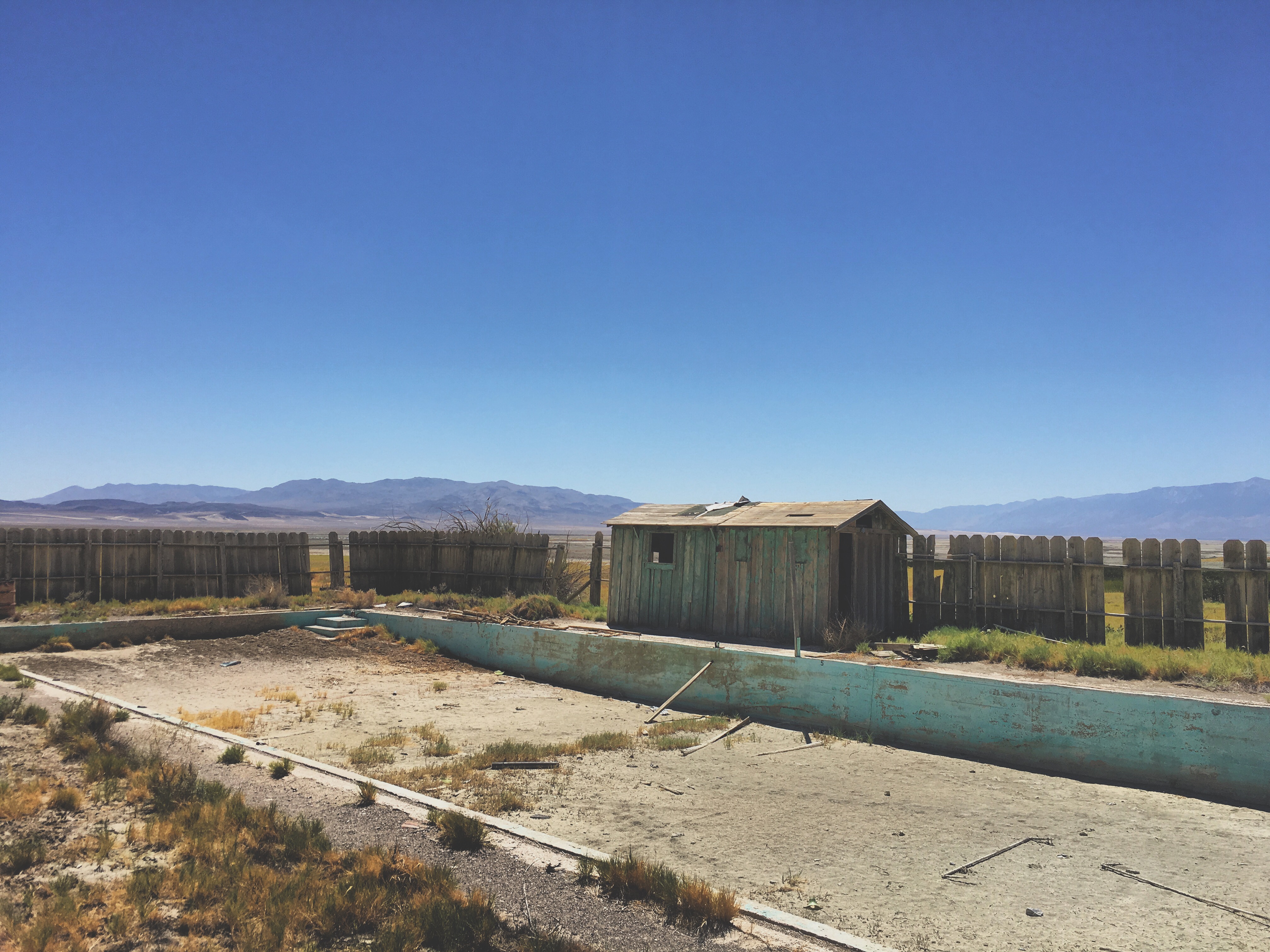 Keeler, formerly known as Hawley is a census-designated place in Inyo County, California, United States.
Keeler, formerly known as Hawley is a census-designated place in Inyo County, California, United States.
Keeler is located on the east shore of Owens Lake. Current populations - 66 people, but the town looks practically like a ghost town. Many of the buildings are falling apart and abanfdoned, the lake it sits on is dry, the mines the town was built to support have been closed down.
The history of this town is even more tragical, because it includes not only the death of the town, but the whole area nature drying out and dying.
History of the town
The town of Keeler replaced Swansea as the shipping port for the mines after the 1872 Lone Pine earthquake. In the 1870s it had a population of 5,000 people as the center of trade for the Cerro Gordo mines. In 1880 a new mill was constructed at Hawley by the Owens Lake Mining and Milling Company for processing ore from the Cerro Gordo Mines in the mountains to the east. A town was laid out by the company agent Julius M. Keeler, for whom the town of Hawley was later renamed.
Owens lake has a fascinating history - not so long time ago it was a big lake and perople were visiting it as a resort. Water was first diverted from the Owens River to the City of Los Angeles in 1913, and by 1926 Owens Lake was dry.
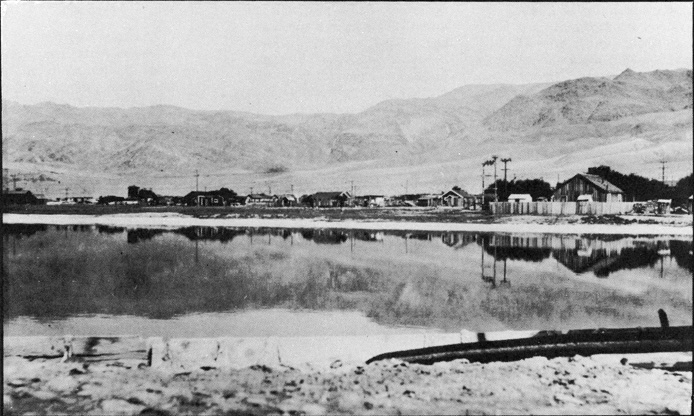
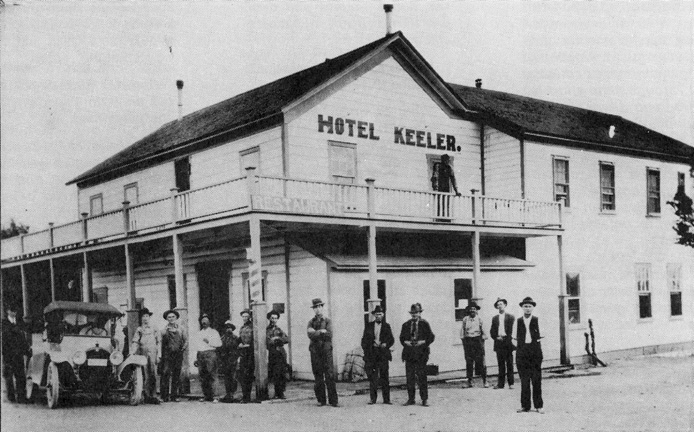
How Owen’s like looked like before LA stole it’s water (4)
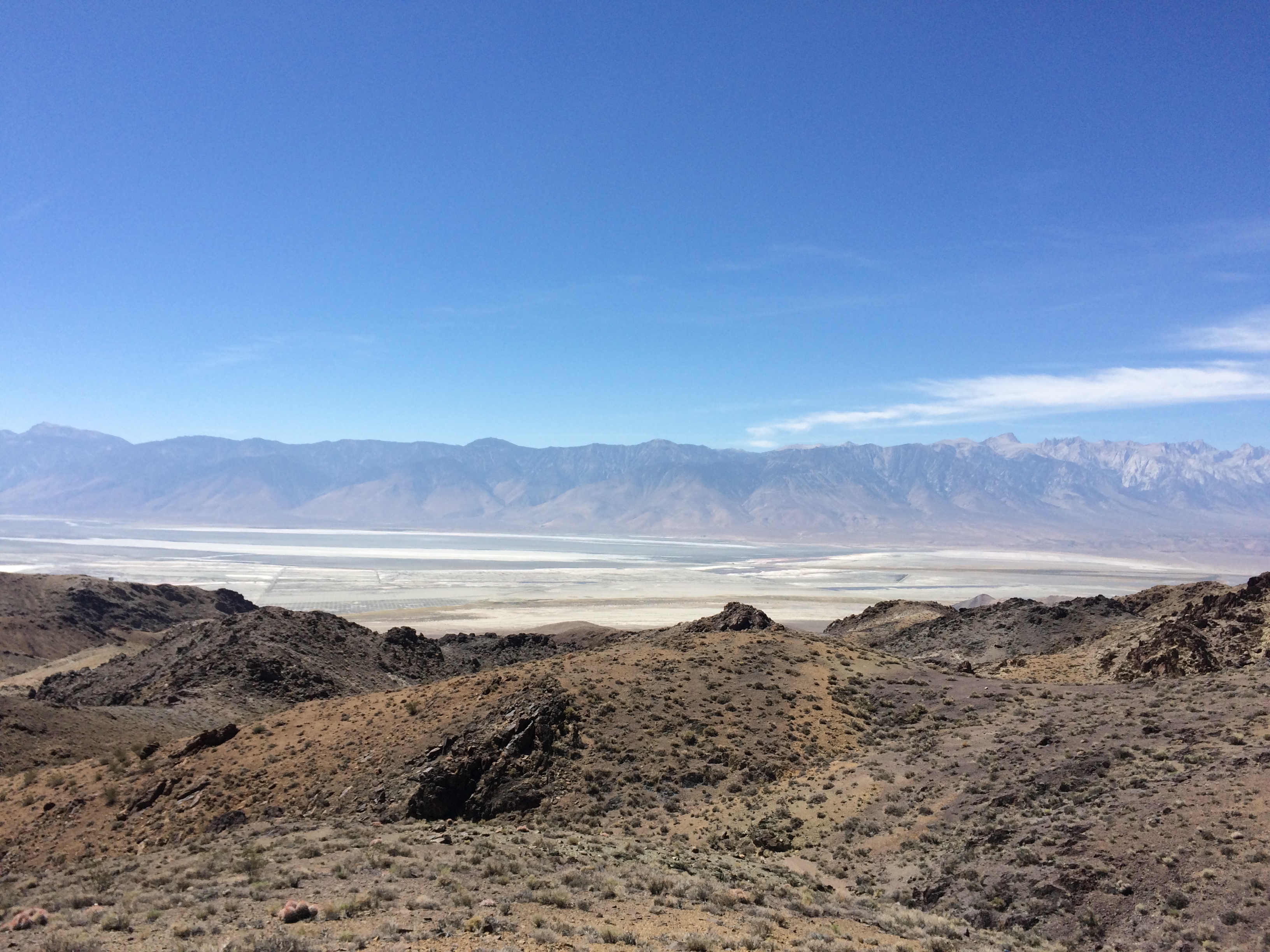
That is how the dried lake looks now from Inyo mountains
Owens Lake was a perennial lake at the terminus of the Owens River throughout historic time; the lake held water continuously, and at times overflowed to the south, for at least the last 800,000 years (Smith et al., 1997). During the late 1800’s and early 1900’s the lake fluctuated between about 7-15 m deep and had an area of about 280 km2, depending on drought conditions and irrigation diversions.(3)
Building of the aqueduct and divert water from the beautiful Owens River to the Southland took 5 years. The project would ultimately ruin Owens Valley’s economy and ecology. It didn’t have to be that way—at one point the U.S. Bureau of Reclamation planned an irrigation system for the Inyo County farmers, but the slick suits from L.A. beat them out and secured water rights. by 1926 the lush lake seen on this map was dry, and the entire valley had turned from an idyllic old west region into a not-so-attractive “gateway to the Sierras.” The cottonwoods, willows, and native grasses and shrubs dried out and disappeared.(2)
As the lake dried, soda processing at nearby Keeler, CA switched from relatively cheap chemical methods to more expensive physical ones. The Natural Soda Products Company sued the city of Los Angeles and built a new plant with a $15,000 settlement. A fire destroyed this plant shortly after it was built but the company rebuilt it on the dry lakebed in the 1920s. The lake is currently a large salt flat whose surface is made of a mixture of clay, sand, and a variety of minerals including halite, burkeite, mirabilite, thenardite, and trona. In wet years, these minerals form a chemical soup in the form of a small brine pond within the dry lake.(1)
Stunning views of the lake and Keeler beach:
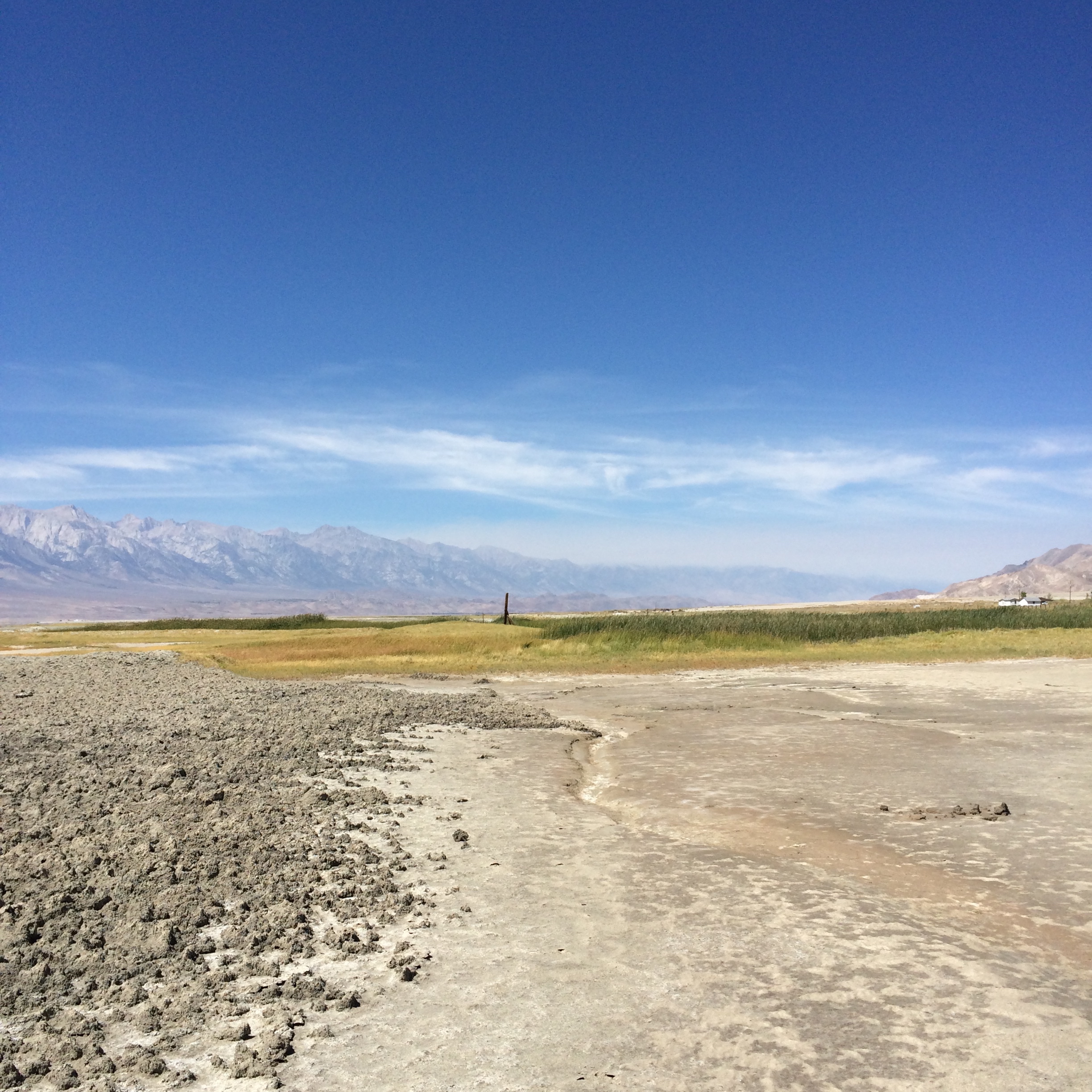
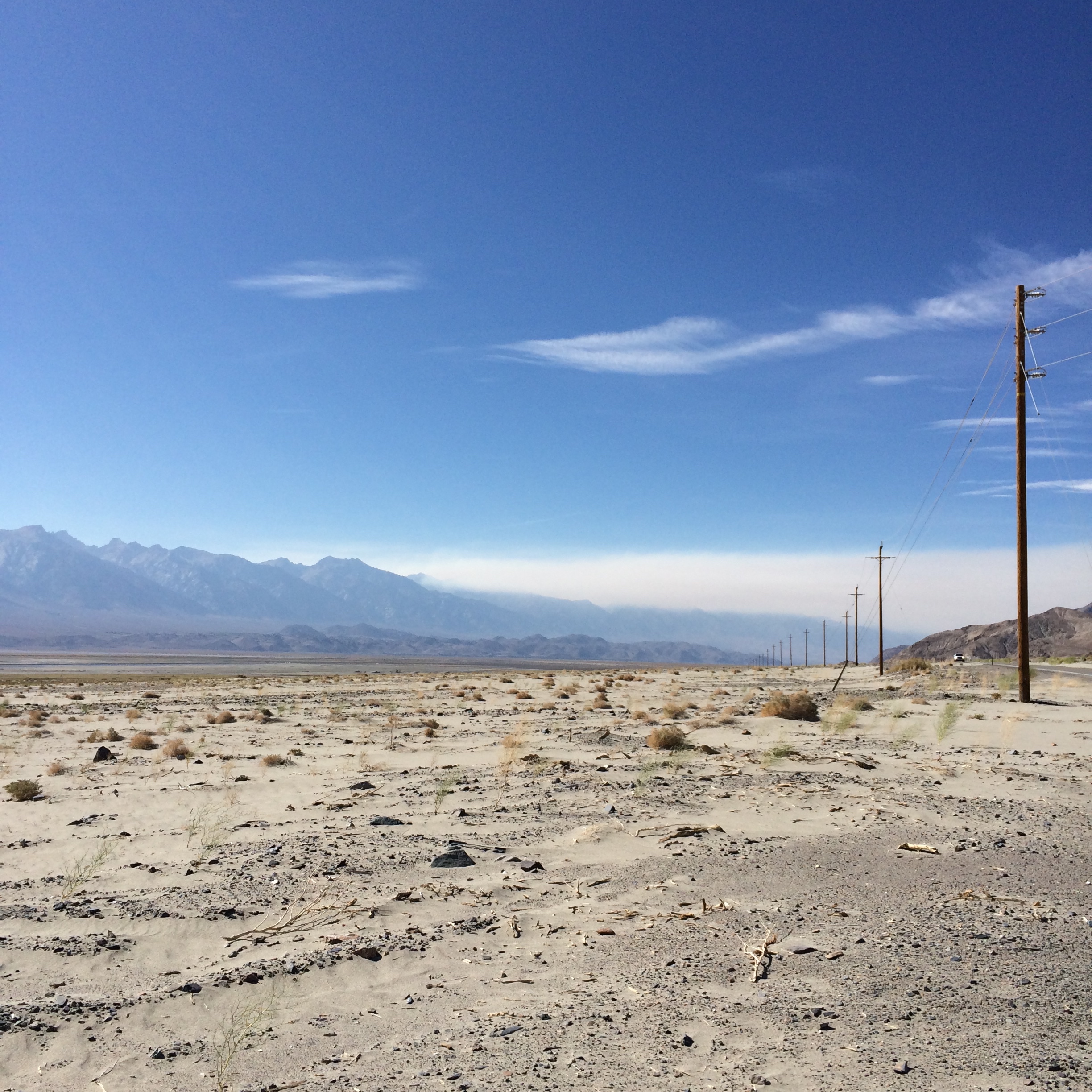
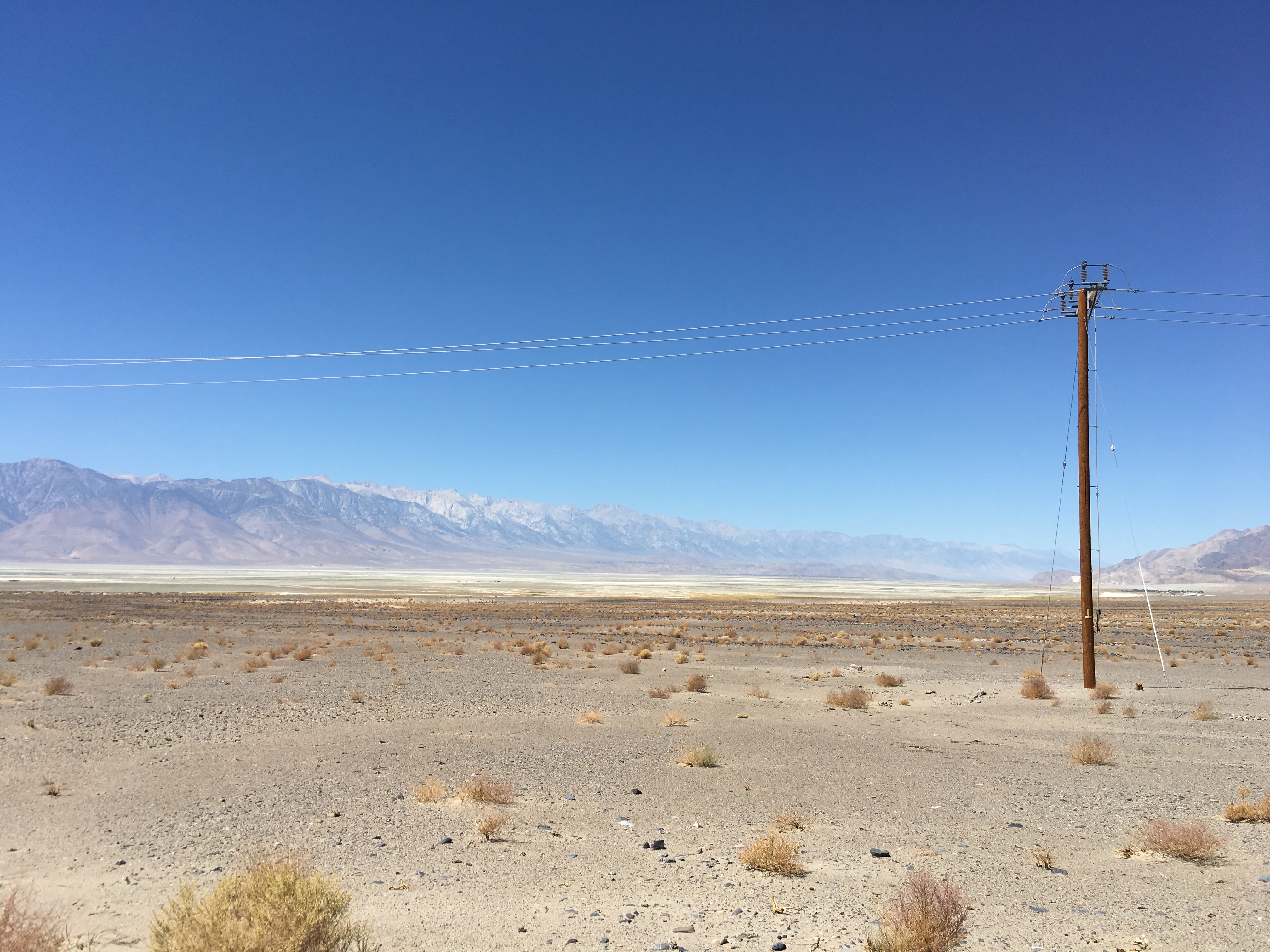
Views of the town:
